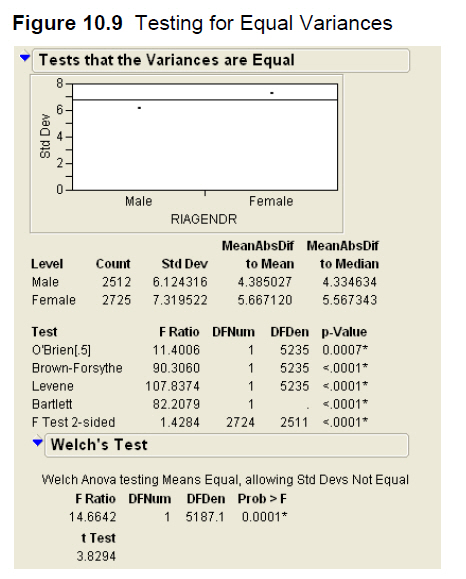

- #HOW TO INTERPRET ORDERED DIFFERENCE REPORT ON SAS JMP HOW TO#
- #HOW TO INTERPRET ORDERED DIFFERENCE REPORT ON SAS JMP MANUAL#
- #HOW TO INTERPRET ORDERED DIFFERENCE REPORT ON SAS JMP PRO#
#HOW TO INTERPRET ORDERED DIFFERENCE REPORT ON SAS JMP PRO#
In fact, the name was 'John's Mac Program', thus JMP for short At the time, John believed in the power of interactive analysis so he wanted to move beyond the traditional SAS programming language, which he had been a de. JMP Start Statistics, Sixth Edition xvii SAS xvii JMP versus JMP Pro xviii This Book xviii 1 Preliminaries 1 What You Need to Know 1 about statistics 1 Learning about JMP 1 on your own with JMP Help 1 hands-on examples 2 using Tutorials 2 reading about JMP 2 Chapter Organization 3 Typographical Conventions 5 2 Getting Started.
#HOW TO INTERPRET ORDERED DIFFERENCE REPORT ON SAS JMP HOW TO#
Describe the impact of sampling and sample size on statistical decision making. How to Interpret Regression Coefficients ECON 30331 Bill Evans Fall 2010 How one interprets the coefficients in regression models will be a function of how the dependent (y) and independent (x) variables are measured. Answer: JMP was written in the early 90's by a SAS cofounder, John Sall.Let J be the total number of categories of the dependent variable and M be the number of independent variables (In the given dataset, J3 and M 5). Interpret statistical intervals and hypothesis test results. In order to interpret this model, we first need to understand the working of the proportional odds model.Conduct a capability analysis and interpret Cp, Cpk, Pp and Ppk.Design a measurement system analysis (MSA) and interpret the results of an MSA.Interpret the components of a control chart to determine if a process is stable.Translate analytics results into an actionable decisions and results.Visually and interactively explore data to identify potential root causes of variation.Develop a clearly defined problem statement to translate a business problem into an analytics problem.


Successful candidates should have the ability to: This is also referred to as sum of squared errors.Īll of the variation in our response can be broken down into either model sum of squares or error sum of squares.During this performance-based examination, candidates will apply the skills and knowledge necessary to apply statistical thinking and fundamental statistical methods to solve industrial problems. Using the formal notation of statistical hypotheses, for k means we write: H 0: 1 2 k H 0: 1 2 k. the alternative hypothesis ( Ha) that at least one mean is different. This is the variation that is not explained by our regression model. One-way ANOVA is a statistical method to test the null hypothesis ( H0) that three or more population means are equal vs. An odds ratio less than one means that an increase in (x) leads to a decrease in the odds that (y 1). For each observation, this is the difference between the response value and the predicted value. The coefficients returned by our logit model are difficult to interpret intuitively, and hence it is common to report odds ratios instead. The error sum of squares, or SSE, is a measure of the random error, or the unexplained variation.Note that sometimes this is reported as SSR, or regression sum of squares. This is the variation that we attribute to the relationship between X and Y. For each observation, this is the difference between the predicted value and the overall mean response. The model sum of squares, or SSM, is a measure of the variation explained by our model.For each observation, this is the difference between the response value and the overall mean response. The total sum of squares, or SST, is a measure of the variation of each response value around the mean of the response.No two elements they rate can have the same number, so they are actually ranking which element they like best, and the 4 they like less in order. For example, if we believe 50 percent of all jelly beans in a bin are red, a sample of 100 beans. It is used when categorical data from a sampling are being compared to expected or 'true' results.
#HOW TO INTERPRET ORDERED DIFFERENCE REPORT ON SAS JMP MANUAL#
The total variation in our response values can be broken down into two components: the variation explained by our model and the unexplained variation or noise. I need to analyze a dataset were 90 people rated 5 elements of a profile in rank order (e.g. The JMP manual is forthright in commenting that JMP is superb at deriving statistics, but JMP does not purport to be a reporting tool for those statistics. Chi-squared, more properly known as Pearsons chi-square test, is a means of statistically evaluating data.


 0 kommentar(er)
0 kommentar(er)
